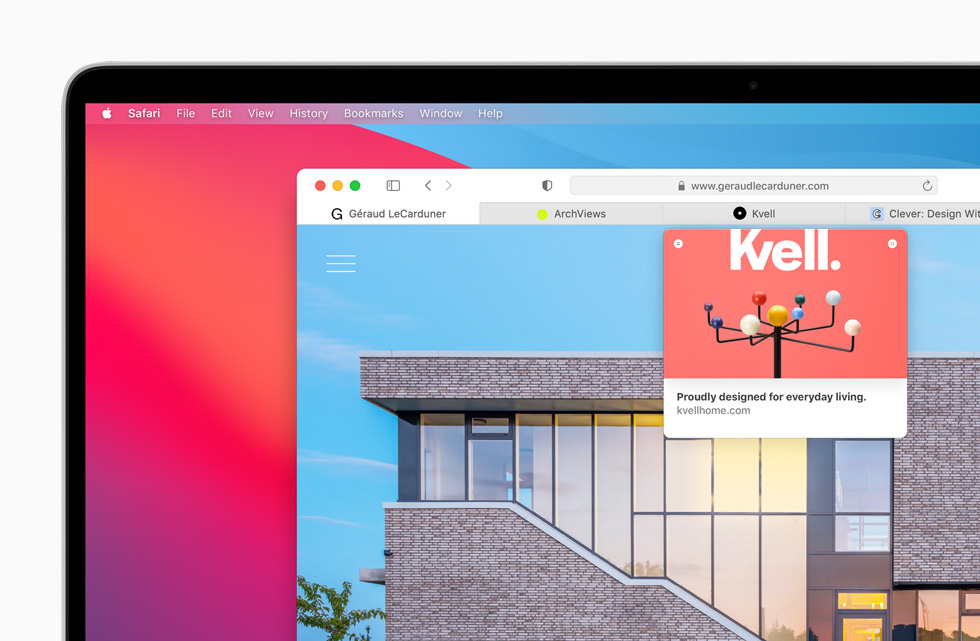Mac OS X & macOS names. As you can see from the list above, with the exception of the first OS X beta, all versions of the Mac operating system from 2001 to 2012 were all named after big cats. .This system fully supports the last version of OS X 10.8 'Mountain Lion' as well as OS X 10.9 'Mavericks' with the exception of the 'Power Nap' feature. It is compatible with the last version of OS X 10.10 'Yosemite' and OS X 10.11 'El Capitan' as well, but advanced feature support is limited to Mac-to-Mac AirDrop and AirPlay Mirroring. Free download pretty / apache pretty / apache for Mac OS X. Pretty / apache is a free-to-use Safari browser extension that adds live search and beauty to Apache's worn out index listing pages.
The classic OS X 10.12, or rather macOS upgrade, introduced tons of features anyone would still want on their Mac. Why? Because, it's well-tested and secure. Now we'll take a quick look at the legendary macOS Sierra upgrade. (In case you want to upgrade your Mac to macOS 10.13 High Sierra, check out this guide.)
Interestingly, it first brought Siri to your Mac. This is great news for everyone who’s already used to her help on iOS. Then, there’s Watch unlocking for Mac, there’s one-click Apple Pay, tabs in apps, and cross-device copypasting. Just to name a few.
So, if you were on the fence about upgrading to Sierra, and in fact, any newer OS, go right ahead. Your Mac deserves a refreshment.
LEARN MORE: macOS High Sierra 10.13 - The New Features That Matter
How to upgrade macOS: Sierra 10.12 compatibility list
As with the previous versions, macOS Sierra is available for a limited list of Mac models.
Here are the models of Macs that are compatible with macOS 10.12 and can upgrade to Sierra:
| MacBook Pro | MacBook Air | Mac mini |
| Mid 2010 or newer | Late 2010 or newer | Mid 2010 or newer |
| Mac Pro® | MacBook | iMac |
| Mid 2010 or newer | Late 2009 or newer | Late 2009 or newer |
Does order matter when you upgrade macOS?
If your current operating system is OS X Lion (10.7), you can skip a few versions, and upgrade directly to macOS High Sierra. To upgrade to Sierra from, say, Mavericks, you’ll have to consequently upgrade to Yosemite and then to El Capitan first.
Check Your macOS for Sierra Compatibility
These OS versions can upgrade to Sierra:
- OS X Mountain Lion v10.8
- OS X Mavericks v10.9
- OS X Yosemite v10.10
- OS X El Capitan v10.11
Here’s how to find out which OS version you’re running now:
- Click Apple icon in the top left corner.
- Choose About this Mac.
- There you have it, in capital letters.
Memory (RAM): 2 GB (preferably 4 GB)
Sierra is pretty lightweight, so you only need 2 GB of RAM to upgrade. Cool, eh?
Disk space: 8 GB of free space on drive.
In the same About this Mac menu select 'Storage' tab. In front of the multi-colored bar, you will see the phrase, 'X.XX GB free out of XX.XX GB.' If you don't have at least 8 GB of free space, you should delete some old files.
Before you update macOS, don’t forget to:

Clean up your Mac
This is essential if you want a fast and effortless update, and glitchless work of your new macOS. And it’s also pretty easy. To give your Mac a cleanup, you need to get rid of system junk, uninstall extra apps, and clean some old caches. If that sounds like a lot of work, you can get a Mac cleaner like CleanMyMac for the job.

How to update your Mac: Clean it up first
- Launch it.
- Hit Scan to find all the extra files you can delete.
- Press Run.
As you can see, I have 8.56 GB worth of caches, obsolete language files, broken downloads. You'll feel great getting rid of them.
That will give your Mac a basic system cleanup, but CleanMyMac is going to come in handy after the update as well. It monitors your Mac’s health, helps you speed up the system and remove unnecessary apps (Trashing doesn’t fully uninstall apps, by the way).
Back up your Mac
This is basic common sense before any Mac software update you’d like to undertake. Why? Well, because sometimes updates happen less smoothly than you’d like them to. To make sure you have all your information and files saved up neatly, you need a backup. To back up your Mac, you need to activate Time Machine.
- Open your Applications folder.
- Choose Time Machine.
- 'Select Backup Disk…'
Note: You may need to first choose to 'Set Up Time Machine.' - Choose where you'd like to store your backup.
- Both an external drive or an Airport Time Capsule fit.
- Switch the toggle on the left, from 'OFF' to 'ON.' Right beneath the name of your storage device, you'll see 'Oldest backup,' 'Latest backup,' and 'Next backup' — Your backup will begin within 5 minutes. To speed it up, click the arrow clock icon next to the Date & Time at the top-right of the menu bar and select 'Back Up Now.'
How to download macOS Sierra (or newer macOS) and install it
macOS Sierra is increasingly becoming a relic. Since 2020, the newest available macOS version is Big Sur. But it all comes down to hardware. Your Mac can only upgrade to the latest version its hardware can support. If your Mac is from around 2012 it can update as high up as to macOS Catalina. If your Mac is from 2010 or older, its limit is macOS High Sierra.
To download any new macOS and install it you’ll need to do the next:
1. Open System Preferences... in the Apple menu.
2. Click on Software Updates.
On top of the list you'll see the latest macOS version your Mac can download. In our case, it's macOS Big Sur.
Another way to do it is via the Mac App Store.
- Open App Store.
- Click the Updates tab.
- You’ll see macOS updates available for your Mac.
- Click Update.
Wait for macOS download and installation. Your Mac will restart when it’s done.
Now you have a new OS.
For historic interest, this is how macOS Sierra looked back then when it was still available in the Mac App Store. Now, it can't be found there anymore.
Download macOS installers directly from Apple
For users of past operating systems Apple created a handy a list of macOS installers. They go as far back as to macOS Yosemite. The first 3 of them will open and start the update process automatically.
- macOS High Sierra 10.13
The 3 following installers will download macOS as a disk image (.dmg) After you unpack it, the macOS updater app will appear in your Applications.
We hope this guide has been of use, and don’t forget to clean up your Mac and back it up before you get the classic macOS! Cheers.
I just recently had the opportunity to sit with Aaron Nelson and go through some really cool Powershell features, and I’m certainly going to spend time getting to know Powershell a lot better. If you didn’t know, Powershell isn’t exclusive to Windows anymore – you can actually run a basic set of Powershell features, called Powershell Core, on Mac OS and Linux as well.
But there’s a problem.
By default, running the “pwsh” command just starts Powershell Core in a regular terminal window. The first thing you’ll notice is that this doesn’t really play well if you’re using a white background, as the output is often light grey, yellow or even white.
So wouldn’t it be cool if we could launch our Powershell Core in the stylish blue world of bliss that Windows users have become so accustomed to?
Setting up a color profile
You probably already know that you can customize the Mac Terminal to death, and you may even have noticed that you can create different profiles for different purposes:
What you can do is, you can create a separate profile for your Powershell Core stuff, customize all those colors, fonts, and what-not. But here’s where it gets funkier:
Pretty Mac Os X
You can set a custom command to start when you open a terminal window with this profile: enter pwsh in the “Run command” field at the top, and now, every time you open a window with this profile, it starts Powershell Core automatically, saving you all of five keystrokes.
The “Run inside shell” checkbox needs to be enabled!
In fact, you may even want to put “pwsh; exit” (without the quotes) in the “Run command” field – this will terminate the bash shell automatically when the pwsh process ends, so typing “exit” in Powershell will close the window.
Another slight annoyance is that when you want to close the window, technically the “pwsh” process is still running (unless you type “exit”), so you’ll get a friendly confirmation dialog that you’ll have to deal with:
To make this window go away, and save you another five keystrokes, look at the bottom of the “Shell” tab of the “Preferences” window, in the “Ask when closing” section. If you add “pwsh” to that list of applications, the terminal won’t ask you for confirmation if you want to close the window.
Obviously, that warning is there for a reason, so it’s really your call if you want to do this.
The result
Pretty Mc Skin
Now, when you open Terminal, you can select “New Window” -> “Powershell” from the “Shell” menu…
Pretty Mac Os Update
… and voilà: